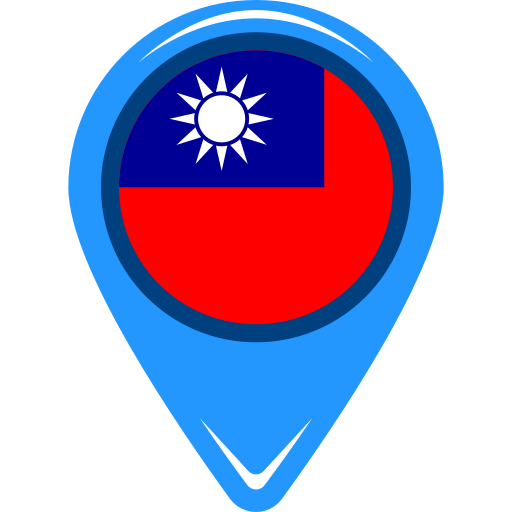Booking a flight is exciting, but what if something unexpected happens before, during, or after your trip? For Filipinos travelling abroad, travel insurance isn’t just a “nice-to-have.”
In many cases, it’s your lifeline. Whether it’s a missed flight, a medical emergency, or lost luggage, travel insurance gives you peace of mind and financial protection when you’re far from home.
Read below to discover the ins and outs of travel insurance for Filipinos heading overseas.

Why Travel Insurance Is Essential for Filipinos Going Abroad
Travel insurance is a policy designed to cover unexpected events that could disrupt your travel plans. For international trips, especially to countries where healthcare and emergency services are expensive, travel insurance protects you from potential financial loss.
Common scenarios covered include:
- Medical emergencies and hospitalization
- Personal accidents or injuries
- Lost, delayed, or stolen baggage
- Flight delays, cancellations, or missed connections
- Emergency evacuation or repatriation
- COVID-19-related treatment and coverage (if included)
- Coverage for minors if the policyholder is hospitalized
In short: if something goes wrong, you won’t have to deal with the emotional stress and the financial burden.
Is Travel Insurance Required?
Yes—for some countries. It’s not just recommended; it’s mandatory.
For example:
- Schengen Visa Applicants must present proof of travel insurance with at least €30,000 in medical coverage, valid in all 27 Schengen countries, and covering the entire trip duration.
Other countries, such as the UAE, Israel, and Japan, may require proof of insurance for visa applications or entry.
Even if your destination doesn’t require it, many embassies and airlines highly recommend securing a travel insurance policy before departure.
What Should Your Travel Insurance Cover?
Look for a policy that includes these essential features:
| Coverage Type | What It Protects You From |
| Medical Expenses | Illness, injury, hospitalization, surgeries, emergency care |
| Personal Accident | Accidental death or permanent disability |
| Trip Inconveniences | Delays, cancellations, missed flights, lost baggage |
| Third-Party Liability | Damages or injuries caused to others |
| Repatriation | Transport of remains in case of death |
| COVID-19 | Coverage for treatment and return of minor children (if included) |
You may also opt for add-ons if you’re planning high-risk activities like snowboarding or scuba diving, renting a vehicle, or hopping multiple countries.
Top Travel Insurance Providers in the Philippines
Here’s how popular providers compare:
| Provider | Highlights | Starting Cost |
| Oona (formerly Mapfre) | Medical coverage up to ₱5M, quick digital process, up to 1-year validity | ₱299 |
| Malayan Insurance | Travel Master & Travel Lite plans with broad coverage | Varies by plan |
| AXA Philippines | Schengen-compliant, up to ₱5M accident coverage and ₱3.5M for evacuation | Mid to high |
| Pacific Cross | Worldwide plans, covers emergency dental & pre-existing conditions | High-end |
| BDO Insurance | Multiple tiers from ₱500K to ₱1.5M coverage | Mid-range |
| PGA Sompo | Customizable, includes COVID-19 and trip inconveniences | Flexible |
How Much Does Travel Insurance Cost?
Expect to pay anywhere from:
- ₱299 for basic short-term trips
- ₱1,500 to ₱4,000 for mid-range coverage
- ₱5,000+ for premium or long-duration travel
Frequent flyers may consider multi-trip or annual policies for better value.
Tips for Choosing the Best Travel Insurance
- Match the policy to your trip
Going on a cruise? Backpacking across Europe? Choose a plan that fits the purpose, duration, and destination. - Check visa requirements
Don’t waste time or risk rejection. If applying for a Schengen visa, make sure the policy meets all embassy requirements. - Compare plans online
Use insurance comparison sites or ask for quotes directly. Always read the fine print. - Understand exclusions
Most policies do not cover:- Pre-existing conditions (unless stated)
- Travel to areas with government advisories
- War, terrorism, or natural disasters
- High-risk sports (unless added-on)
- Emergency support matters
Choose providers that offer 24/7 international assistance—especially if you’re traveling solo or to unfamiliar countries.
When Should You Buy Travel Insurance?
The earlier, the better. Ideally, purchase your policy:
- As soon as your flight is booked
- At least 7 days before your departure
- Early enough to benefit from trip cancellation/interruption coverage
Some insurers may reject claims if the policy is bought too close to the travel date.
Frequently Asked Questions
Q: Is travel insurance required for all countries?
A: No, but it’s mandatory for visa applications to Schengen countries and strongly recommended elsewhere.
Q: Can I buy travel insurance on the same day I travel?
A: Yes, but it’s risky. Some providers require advance purchase to activate full coverage, especially for trip cancellations.
Q: Will my insurance cover COVID-19?
A: Many providers include COVID-19 in their coverage, but always confirm the specific terms in the policy.
Q: What’s the best travel insurance for budget travelers?
A: Oona and Malayan offer affordable plans starting at ₱299, perfect for short trips.
Final Thoughts
Travel insurance for Filipinos travelling abroad isn’t just for worst-case scenarios—it’s a smart investment in your peace of mind.
Whether you’re heading to Europe, the Middle East, Asia, or the Americas, having the right protection means you can focus on enjoying the journey—not worrying about the what-ifs.
Secure your travel insurance now, so no matter where you go, you’re covered.
